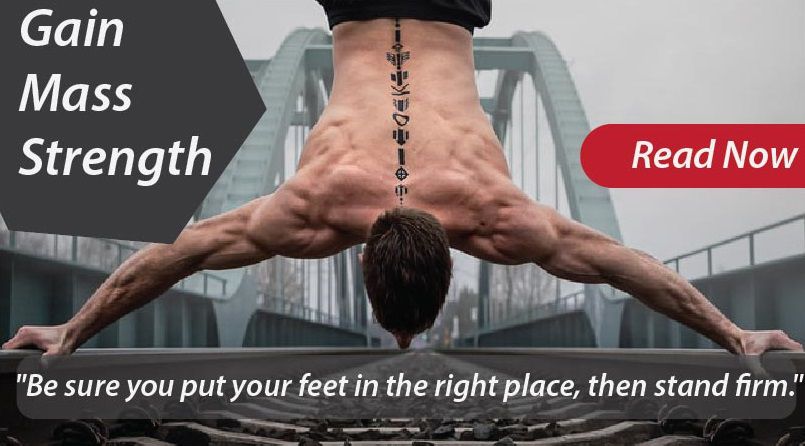Gain Muscle Gain Strength


Muscle building isn't just for those who are into fitness as a hobby. Muscle strength is crucial for good health, especially as we age. "Muscle strength is important to help reduce injuries, most notably falls,",
Your muscles will get resistance in a variety of positions when you use a resistance band.
Strong muscles are needed to strengthen bones, control blood sugar, improve cholesterol levels, maintain a healthy weight, reduce joint pain, and fight mild depression. Those things can help you maintain your independence. Unfortunately with muscles, there's a use-it-or-lose-it effect. "Inactivity causes a loss of muscle protein, resulting in a decrease in muscle strength. Without continued strength and resistance training, the rate of muscle mass decline is much greater," explains Wiater.
If your doctor says it's okay, start a strength training program to supplement moderate-intensity exercise that gets your heart going. Aim for two to three sessions a week. Consider these five tips to achieve the best results.
1 Work with a pro
A certified personal trainer or a physical therapist can design a program tailored to your needs and abilities. That way you'll get the results you want without risking muscle strains and ligament tears. Ask your doctor to prescribe physical therapy if you're recovering from injury or struggling with a chronic health problem. If you're in good health, seek out supervised programs, such as those offered at senior centers, the YMCA, or a private health club.
2 Try weights and bands
You'll likely use weights to build muscle—dumbbells and weight machines—but don't forget resistance bands. These bands—which resemble large flat or tubular rubber bands—provide resistance while you're in a variety of positions, as opposed to the limited amount of movements you perform using free weights or weight machines. Weights and bands provide resistance to your muscles, which ignites physical change in the tissue that allows your muscles to generate more force.
3 Get more sleep
When you strengthen your muscles, they need 48 hours to re-knit. You must avoid strength exercises on the same muscles on consecutive days. But sleep is another key to muscle recovery. "Sleep is critical to allow for proper healing of the tissues when we stress them," says Wiater. Adults should aim for seven to eight hours per night. That will give your body time to repair muscle tissue and replenish your muscle's energy stores. Without enough sleep, the muscles may continue to break down without rebuilding.
4 Watch your diet
A healthy diet is necessary to give your muscles the building blocks to become stronger. That means you need a combination of protein sources, grain-based carbohydrates, and fruits and vegetables. You may want to work with a dietitian to come up with a baseline of what your body needs to build muscle and keep up energy. A typical range is 130 grams (g) per day of carbohydrates for both men and women, including nine servings (four and a half cups) per day of fruits and vegetables; and 56 g of protein per day for men, 46 g of protein per day for women.
5 Use daily activities
You don't have to limit muscle building to workouts. Take advantage of daily activities to challenge your muscles. This may mean that you lift that carton of milk a few times before you put it back in the refrigerator, to build your arm muscles; use the stairs when possible, to build the muscles in your legs, hips, buttocks, and abdomen; and get active while talking on the phone or standing in line by doing leg lifts and heel raises, to strengthen the muscles in your legs and buttocks.?
How's your grip?
It's not unusual if your grip strength isn't what it used to be. But if it's much weaker than it used to be, that's worrisome. Poor muscle strength has been shown to be a predictor of disability and even early death. That's why physical therapists and doctors sometimes use a person's hand grip strength to assess his or her muscle mass. Want to check your grip? Ask if your doctor has an instrument called a hand dynamometer, which measures how hard you can squeeze. All it requires is a brief squeeze, usually with your nondominant hand. If the results indicate muscle weakness, it may be time to reassess how much muscle strengthening you need.

.gif)



